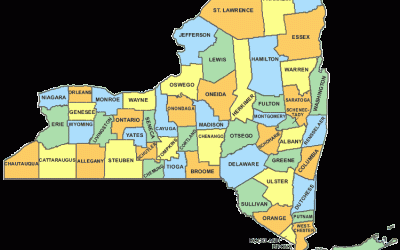Nineteenth-century lecturer and educator William G. Allen endured physical violence and barely escaped murder when he proposed marriage to the daughter of a white minister in upstate New York. Their relationship later was the inspiration for a story about interracial love by author Louisa May Alcott, herself an abolition sympathizer. Born in Virginia in 1820, the son of a free mulatto mother and a Welsh father, Allen was orphaned as a young boy and adopted by a free African American family. His academic talents were noticed by New York philanthropist Gerrit Smith, who sponsored his education at the Oneida Institute, a progressive interracial school in upstate New York. Allen graduated in 1844 and became editor of the National Watchman, a temperance and abolitionist paper for African Americans, and then clerked for the Boston law firm of Ellis Gray Loring. While in Boston, he lectured on African American history and argued for a complete blending of the races. An appointment in 1850 as Greek Language and belles lettres professor at New York Central College in McGrawville made Allen the second African American on a college faculty. He followed Charles Lewis Reason who joined the Central College faculty in 1849. The … Continue reading William G. Allen (1820-?)
